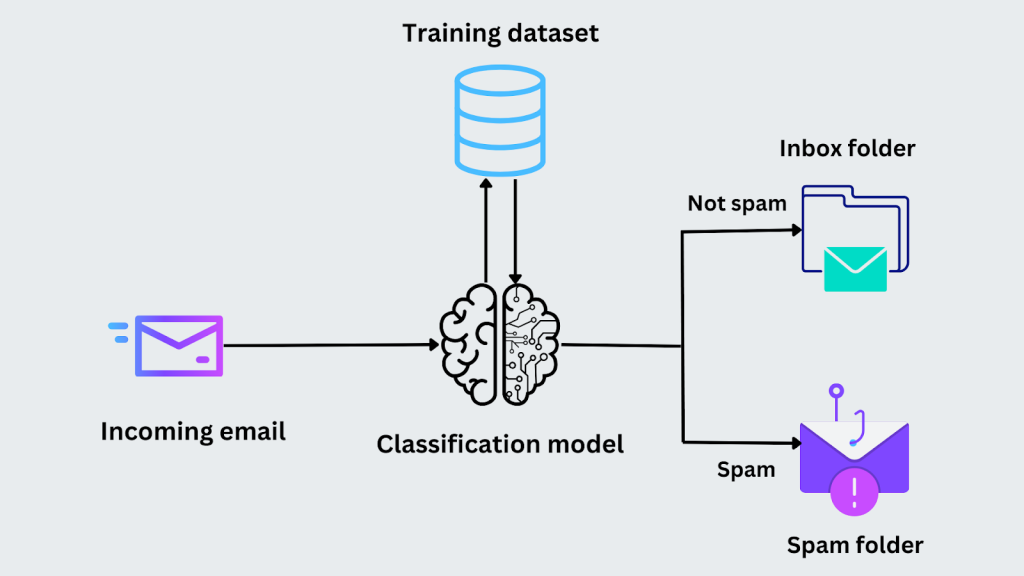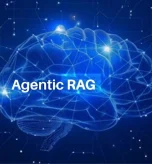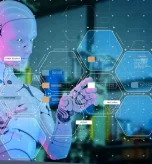Data classification is a foundational concept in machine learning-essential to the functioning of most AI models. It’s at the heart of many real-world applications, from credit scoring to medical diagnostics. But what exactly powers this process, and how does it work?
That’s exactly what we’ll explore in this article. We’ll break down what classification in “machine learning” really means, how it differs from clustering, and where it’s applied. You’ll also get an overview of the main types of classification algorithms. But before we dive in, let’s first cover a key foundational concept-“supervised learning“.
Explaining Supervised Learning
![What is Data Classification in Machine Learning? Data Classification in Machine Learning,Data Classification,Supervised Learning,[What is Classification in Machine Learning]](https://ayadata.ai/wp-content/uploads/2025/03/supervised-learning-1024x683-1.webp)
Before diving into “data classification” in machine learning, it’s important to understand the foundation it’s built on-supervised learning.
In simple terms, “supervised learning” is a type of machine learning where models learn from example data that’s already labeled. These labels act as answers the algorithm can learn from, helping it spot patterns and relationships within the input data. The goal is to enable the model to make accurate predictions or classifications when it encounters new, unseen data. During training, the algorithm processes a dataset made up of input variables and their correct outputs (labels), learning how the two relate. Once trained, it applies this knowledge to predict labels for future data.
Real World Applications of Supervised Learning
Let’s move from theory to practice. Supervised learning powers many real-world AI applications you encounter every day, including:
Spam Detection
Algorithms are trained on datasets of labeled emails-spam or not spam. By recognizing common patterns in spam messages, the model learns to filter unwanted emails from your inbox with impressive accuracy.
Speech Recognition
Supervised learning models are also behind voice assistants and transcription tools. They’re trained on audio recordings paired with text transcripts, allowing them to convert spoken language into written words accurately.
Object Recognition
In computer vision, supervised learning helps machines “see” the world. Models are trained on images with labeled objects (e.g., cars, dogs, traffic signs), enabling them to identify and classify objects in new images.
So, how does that relate to data classification?
What is Classification in Machine Learning?
Classification is one of the core tasks in machine learning. It involves sorting data into predefined categories or classes based on their features or attributes. Whether it’s determining if an email is spam, identifying objects in images, or diagnosing medical conditions, classification helps AI models make sense of the world.
Because it relies on labeled data, classification falls under “supervised learning” (as discussed earlier). In this approach, the algorithm is trained on a dataset where each input is paired with the correct category label. Over time, the model learns to recognize patterns and associations that allow it to accurately assign labels to new, unseen data.
The goal of classification is to build a model that can accurately predict the class or category of unseen data based on the patterns and relationships learned from the training data. Just like supervised learning in general, classification is widely used for spam detection, speech recognition, object recognition, sentiment analysis, medical diagnosis, etc.
It plays a crucial role in enabling machines to make informed decisions and automate processes based on the input data’s classification. If we were to boil down data classification in machine learning to its very basics, then we could say that classification is a type of pattern recognition.
Classification vs. Clustering in Machine Learning
Here, we also need to make a distinction between classification and clustering in machine learning, as they serve different purposes and operate on different types of data. As we stated multiple times, classification is a technique that deals with labeled data and is always related to supervised learning.
It aims to assign data points to predefined classes or categories based on their features. Classification algorithms learn from a labeled training dataset and build a model that can predict the class of unseen instances.
Conversely, clustering is an unsupervised learning technique that deals with unlabelled data. It aims to group similar data points together based on their inherent similarities or patterns. Clustering algorithms do not rely on predefined classes or labels but analyze the data to identify natural clusters or groups.
The most commonly used clustering algorithms are k-means clustering, hierarchical clustering, and density-based clustering. Clustering can be used in various domains, such as customer segmentation, image recognition, and anomaly detection.
The choice between classification and clustering depends on the nature of the data, the problem at hand, and the desired outcome.
The Multiple Applications of Classification Algorithms

Classification algorithms serve the purpose of categorizing new observations or instances into different predefined classes or groups. By analyzing the features or attributes of these instances, a classification model is built through supervised learning. This model is then used to predict the class of unseen data points.
The applications for classification algorithms are diverse and span across various fields. Besides the ones we already touched on, like speech recognition and spam email detection, classification algorithms also find use in the pharma industry, for medical diagnosis, and biometric authentication, to just name a few.
Regarding pharma, classification algorithms assist in classifying different drugs based on their chemical properties, side effects, and therapeutic uses. In the field of medical diagnosis, these algorithms can contribute to cancer tumor cell identification, aiding in the classification of tumor cells as benign or malignant.
Classification algorithms are also employed in biometric authentication systems, where they classify individuals based on unique biological characteristics like fingerprints, iris patterns, and voiceprints, ensuring secure identification and access control.
In short, classification algorithms play a crucial role in categorizing new observations into different, predefined classes or groups. But we should also discuss two different types of learners of algorithms for classification.
Lazy vs. Eager Learners
Lazy learners and eager learners are two types of machine learning algorithms that differ in their approach to training and prediction processes. Lazy learners, also known as instance-based learners or memory-based learners, do not learn a specific model during training.
Instead, they store the training instances in memory and use these stored instances for making predictions. When a new instance needs to be classified, a lazy learner compares it to the stored instances and predicts the label based on the most similar instances. Some examples of lazy learners are k-nearest neighbors (KNN) and case-based reasoning.
In contrast, eager learners, also referred to as model-based learners, build a specific model during the training process using the training data. This model represents the learned knowledge and can be directly used for making predictions on new instances.
Eager learners typically require more computational resources during the training phase compared to lazy learners. Some examples of eager learners are decision trees and Naive Bayes algorithms – and here, we can provide an even more concrete example. ChatGPT primarily uses a Naïve Bayes algorithm for text classification, so you can clearly see how widespread it is.
The main advantage of lazy learners is their ability to adapt quickly to changes in the training data, as they do not require a retraining process. They can handle complex problems with large training sets more efficiently. However, lazy learners can be computationally expensive during the prediction phase.
Eager learners, on the other hand, are generally faster during the prediction phase as they use the trained model directly. They are suitable for problems with a large number of features and are particularly effective in handling structured and tabular data.
From Data Classification to Bespoke AI Solutions

If you’re exploring data classification in machine learning as part of an upcoming AI project, Aya Data is here to support you. We offer end-to-end AI services-from data acquisition and annotation to developing and deploying custom AI models tailored to meet your specific needs and use case.
In case you need someone to create a data classification algorithm or need to label data for one that is already in the works, we can do that for you. Feel free to schedule a consultation with one of our experts so that we can discuss the topic in more detail.






